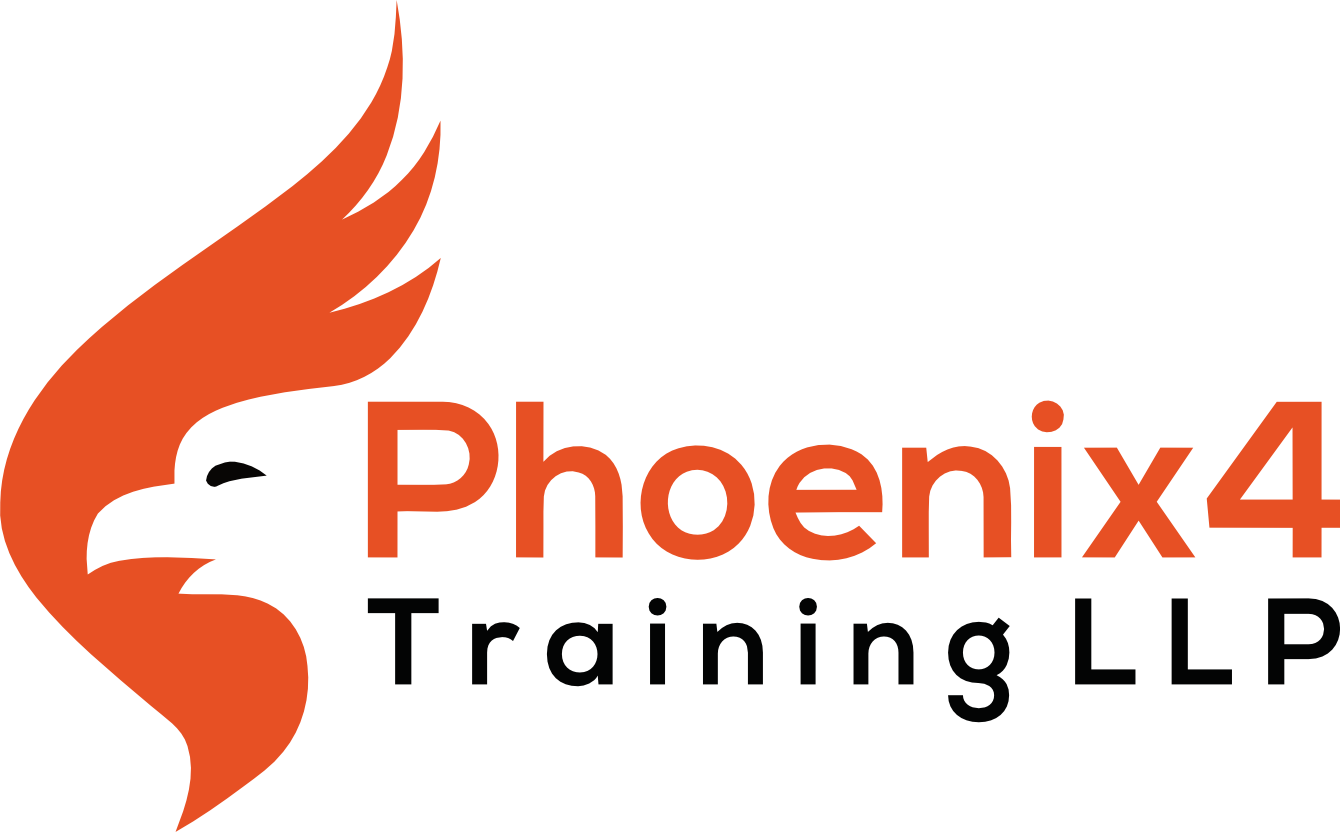
Tips to write an A* apprenticeship CV
A CV is crucial since it conveys your qualifications for the position and serves as the employer's initial impression of you. Here are some tips on how to make a STATEMENT.
1. Contact information
Recall the fundamentals. Include all of your most recent contact information at the very top of the CV, including your full name, where you live, phone number, and email. You ought to design a polished email just for your job applications.
2. Personal statement
This is your introduction, in which you describe who you are and any relevant experiences and skills you may have. It should consist of four to five phrases that succinctly describe the most important abilities, traits, and accomplishments. The work role can be readily modified in this part to make your CV stand out to a potential employer.
3. Employment Background
Create a list of your employment history and work history in chronological order, starting with the most recent. A brief description of your responsibilities and important talents should be followed by the name of the company, your job title, and the dates you worked there.
4. Education
A list of your education and credentials in reverse chronological order, starting with the most recent. Include the school, your degree, the name of your course, and the date you completed it.
5. Training and Relevant Training Courses Attended
Include any recent job-related training you have received as well as any other relevant degrees. Remember to include this if you have just begun your training or are learning a new skill.
6. Achievements and interests
Include in this section any relevant interests, accomplishments, and hobbies. For instance, volunteering and involvement in clubs, groups, and sports organisations. This part gives a prospective employer a glimpse into your entire character.
7. References
Prepare at least two contacts who can serve as either professional or personal references. Include their name, company name, job title, relationship to you, and phone number. Always obtain the reference's consent before using it.
Your most recent employment should be one of your two references, and you may also use a tutor or teacher as a personal reference.
When you receive a tentative offer, references are typically contacted. To ensure that you are of excellent personal or professional character, your prospective employer will interview you on a number of different topics.
Your CV should be neat, uncomplicated, and professional, and it should include all the details an employer would require.
#tip1
Simple is best. - Keep the material concise and to the point because the employer may be skimming through hundreds of CVs. To summarise, use bullet points rather than lengthy paragraphs of text. Organise each section into distinct sections and keep in mind that a CV shouldn't be longer than two pages.
#tip2
Keep it current - Make a basic CV as a template, then make changes to it whenever you apply for a new job. In this manner, it is applicable to every type of job you are applying for, and you may highlight your appropriate qualifications in relation to the position.
